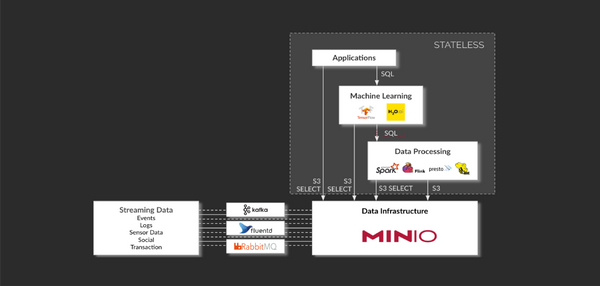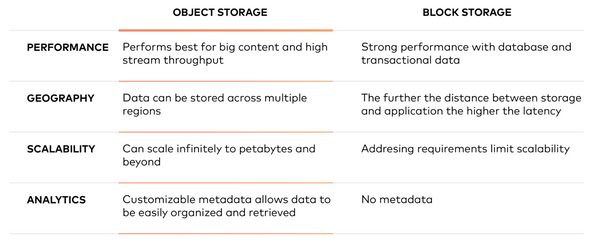Introducing Sidekick - A High Performance Load Balancer

Almost all of the modern cloud-native applications use HTTPs as their primary transport mechanism even within the network. Every service is a collection of HTTPs endpoints provisioned dynamically at scale. Traditional load balancers that are built for serving web applications across the Internet are at a disadvantage here since they use old school DNS round-robin techniques for load balancing and
Read more























